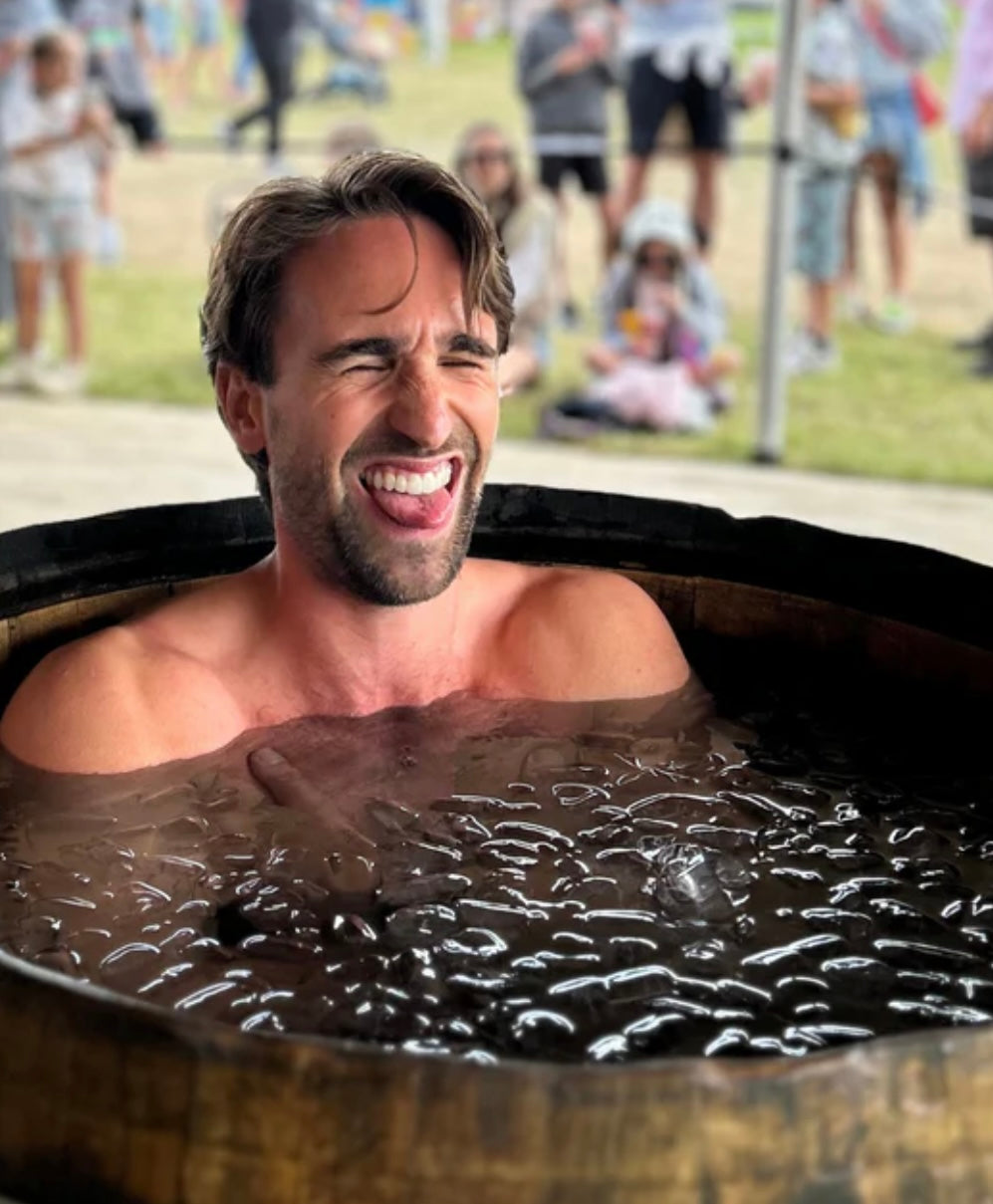Forget coffee — ever tried an Ice Bath Tub for a wake-up call? Short answer: A Cold Plunge is good for you because it boosts recovery, sharpens the mind, and strengthens the immune system. Keep reading to learn why hopping into a Cold Plunge Tub might just be your new healthy habit.

The Science Behind the Chill: Understanding Cold Plunge
What is Cold Plunge?
Brief definition of cold water immersion/ice baths
A cold plunge involves immersing your body in cold water, usually after a workout or as part of a wellness routine. It’s also known as cold water immersion or using an Ice Bath Tub. The practice is popular among athletes and health enthusiasts.
Typical temperatures and durations
Most cold plunge sessions use water between 10°C and 15°C. Durations typically range from 2 to 10 minutes, depending on tolerance and experience.
How Your Body Reacts to Cold Exposure
Physiological responses: vasoconstriction, cold shock response
When you enter a Cold Plunge Tub, your blood vessels constrict — a process called vasoconstriction. This redirects blood flow from the skin to the core to preserve heat. The sudden temperature drop can also trigger a cold shock response.
Hormonal and neurological changes (e.g., dopamine, noradrenaline, endorphins, cortisol)
Cold exposure prompts the release of noradrenaline and dopamine, which elevate mood and alertness. Endorphins are also released, acting as natural painkillers. Cortisol, the stress hormone, may briefly spike before stabilising.
Unveiling the Benefits: Why People Take the Plunge
Enhanced Physical Recovery and Performance
Reducing Inflammation and Muscle Soreness
Cold plunging is known to reduce muscle soreness and post-workout pain. It limits inflammation, helping the muscles recover faster. Athletes often use it after intense sessions for this reason.
Improved Circulation and Blood Flow
The initial vasoconstriction is followed by vasodilation, boosting circulation. This process flushes waste from the muscles and enhances oxygen delivery. Better blood flow supports overall recovery and performance.
Impact on Athletic Performance
Regular cold immersion can improve recovery speed and reduce fatigue. This allows athletes to train more consistently and perform at higher levels over time.
Boosting Mental Clarity and Mood
Mood Enhancement and Stress Reduction
The surge of neurotransmitters like dopamine lifts mood. Endorphins help ease stress and promote a feeling of well-being. Many users report feeling mentally refreshed after a plunge.
Increased Focus and Alertness
Cold exposure stimulates the sympathetic nervous system. This leads to heightened alertness and mental clarity, making cold plunging a great pre-work ritual.
Building Resilience and Stress Tolerance
Regular exposure to cold helps build both mental and physical resilience. Over time, it teaches the body to handle stress more efficiently, both in and out of the tub.
Metabolic Health and Immune System Support
Activating Brown Fat and Boosting Metabolism
Cold plunging activates brown fat, a type of fat that burns energy to produce heat. This process can boost metabolic rate and support fat loss efforts.
Improving Insulin Sensitivity and Blood Sugar Regulation
Some research suggests cold exposure may help regulate blood sugar. It could also improve insulin sensitivity over time.
Strengthening the Immune System
Cold exposure is linked to increased white blood cell counts. This can strengthen immune defence and reduce the risk of illness.
Other Potential Health Perks
Better Sleep Quality
Cold plunging before bed can help lower core body temperature. This may lead to improved sleep onset and overall quality.
Improved Lymphatic Drainage
The contracting and expanding of blood vessels helps with lymphatic circulation. This supports the removal of waste and toxins from the body.
Skin Benefits
Cold water tightens the pores and may reduce puffiness. It can also boost skin tone and reduce inflammation, giving a refreshed appearance.
Taking the Plunge Responsibly: Safety and Best Practices

Who Should Avoid Cold Plunges?
Risks and contraindications (e.g., heart conditions, high blood pressure, diabetes)
People with certain medical conditions like heart issues or high blood pressure should consult a doctor before plunging. Cold exposure can be stressful on the body and should be approached cautiously.
Potential dangers: hypothermia, frostbite
Overexposure can lead to hypothermia or frostbite, especially in extreme temperatures. It’s important to monitor time and temperature carefully.
Tips for Safe Cold Plunging
Starting slowly and gradual acclimation
Beginners should start with short durations and gradually increase exposure. This helps the body adapt to the stress.
Recommended temperatures and durations
Stick to 10°C–15°C for general wellness. Limit sessions to 2–10 minutes, especially when starting out.
Importance of consulting a healthcare professional
Always speak with a healthcare provider if you have underlying health conditions. Safety should be the top priority.
Breathing techniques and rewarming strategies
Controlled breathing can help manage the shock of cold. After the plunge, rewarm gradually using warm clothes and movement, not hot showers.
Integrating Cold Plunge into Your Routine
Frequency and consistency
For best results, aim for 2–4 sessions per week. Regularity helps maintain benefits without overwhelming the body.
Contrast therapy
Alternating between hot and cold (e.g., sauna then Ice Bath Tub) enhances circulation. This contrast method is popular among recovery-focused athletes.
Takeaways:
-
Cold plunging is more than just a trend — it's backed by real science.
-
It helps with recovery, mood, focus, and immune health.
-
Start slowly, stay consistent, and always listen to your body.
Cold Plunge Tub or Ice Bath Tub — either way, the chill could be your new wellness secret.






